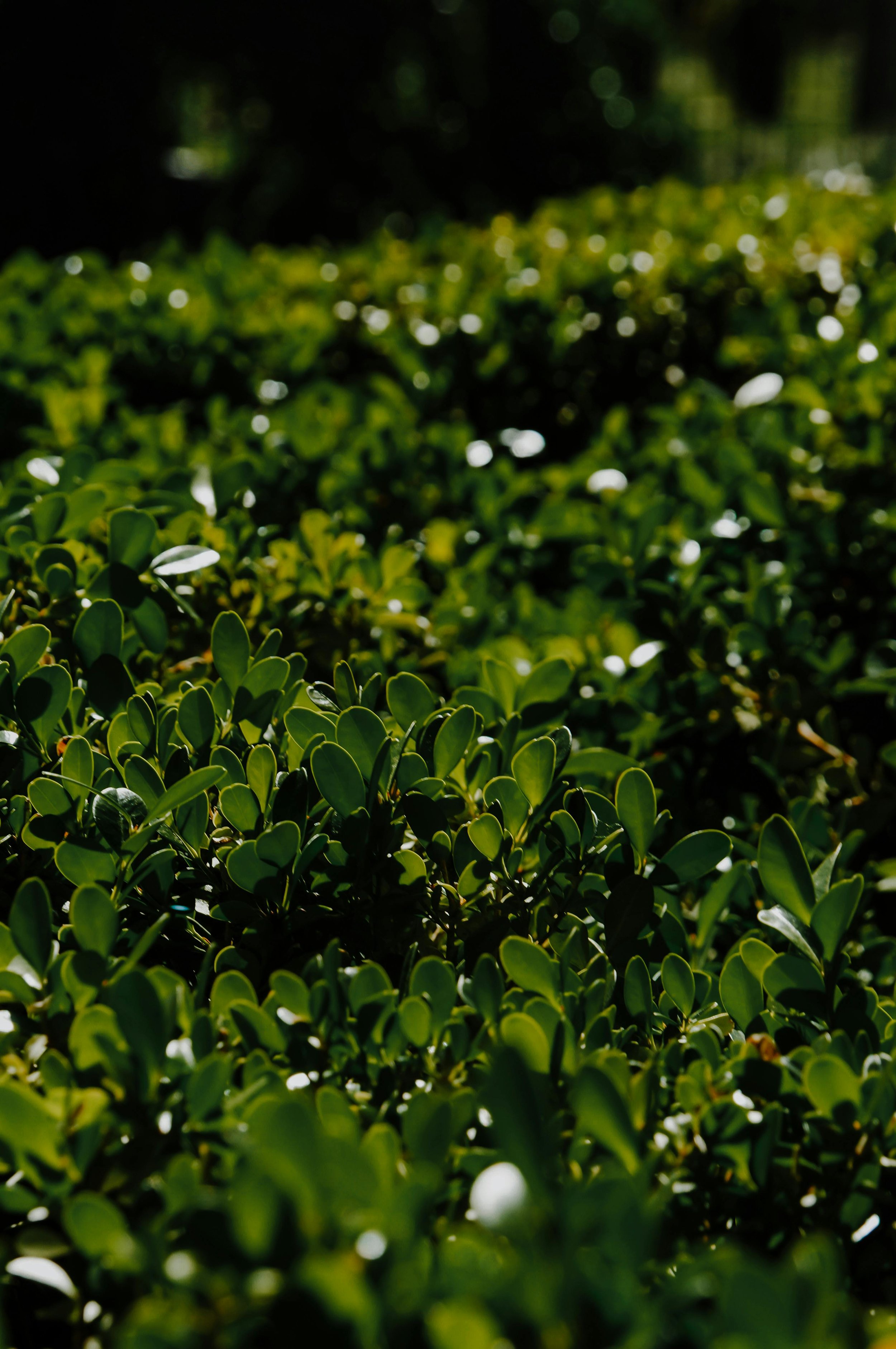Pruning Guide for Formal Boxwood Hedges
Pruning formal boxwood hedges requires precision and careful planning to achieve straight sides and a flat top, enhancing their architectural beauty in the landscape. This guide incorporates expert techniques for meticulously maintaining formal boxwood hedges.
Introduction to Formal Boxwood Hedges
Boxwood (Buxus spp.) hedges are a staple in formal gardens due to their dense foliage and versatility in shaping. A well-pruned boxwood hedge provides structure and elegance, embodying the garden's design purity.
Pruning Objectives
Achieve a Smooth, Clean Line: Ensuring straight edges and flat tops for a formal appearance.
Promote Health and Sunlight Penetration: The correct shape allows all branches to receive maximum sunlight, reducing the need for excessive watering and weeding.
Maintain Hedge Proportions: Keeping the hedge wider at the bottom ensures stability and health.
Best Time for Pruning
Formal hedges require one accurately measured cut per year in late summer when new growth has been completed. Early in the growing season, perform light cuts to maintain cleanliness, with the final, precise cut in late summer.
Tools and Equipment
Long-Bladed Trimmers: A longer blade helps connect top and bottom measurements accurately.
Stakes and String: For guiding cuts.
Line Level: To ensure even cuts.
Pruning Techniques for a Formal Hedge
Setting Up a Template
Measure and Stake: Start by accurately measuring the desired width at the top and bottom of the hedge. For a hedge sloping inward (inverted keystone shape), measure 24 inches wide across the top and 36 inches at the bottom. Mark these measurements with stakes at both ends of the hedge.
Stretch and Level Twine: Stretch twine between the stakes at the intended hedge height and above ground level to outline the hedge's shape. Use a line level on the twine to ensure even cuts.
Stake Placement: Insert additional stakes if needed to keep the string stable for an even cut.
Making the Cuts
Sides: Shave off layers of foliage using the twine as a guide, aiming for smooth sides. Multiple passes may be required to achieve a uniform surface.
Top: Use the lines formed by the twine along the top of the hedge as a guide for a flat cut. Ensure the ground's unevenness doesn't affect the hedge's level.
Edges: Finish with a 45-degree beveled cut at the edges for a softer, more polished look to help the hedge shed ice and snow in winter.
Aftercare and Maintenance
Regular Light Trimming: Start light shearing monthly from May or June to keep the hedge from appearing shaggy.
Avoid Winter Pruning: Never prune boxwoods in winter to prevent freeze-back and stem loss.
Special Considerations
High Spots and Gouges: Trim off high spots carefully. For gouges, consider cutting the entire hedge length deeper or rewoven branches to fill the area.
Viewing from a Distance: Before finalizing the top cut, evaluate the hedge from common viewpoints to ensure uniformity.
Conclusion
Achieving a perfectly straight and smooth formal boxwood hedge requires meticulous planning, precise measurements, and careful trimming. By following these expert steps, gardeners can create a stunningly formal appearance that enhances the overall design of the landscape. Remember, the beauty of a formal hedge lies in its precision and the care taken to maintain its structure.

